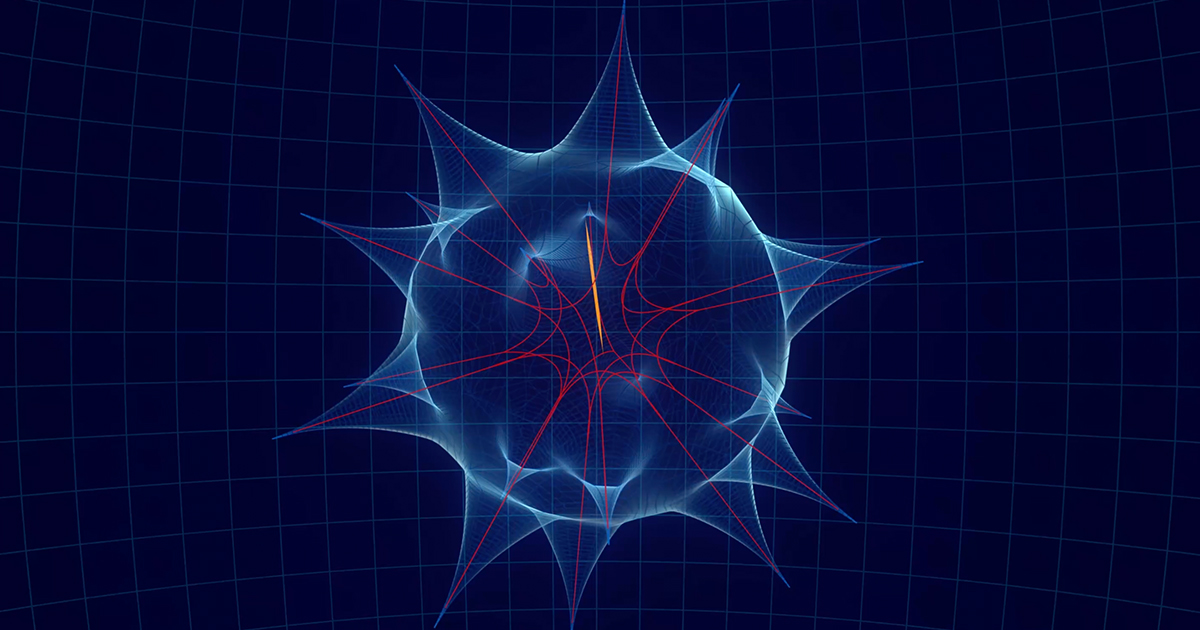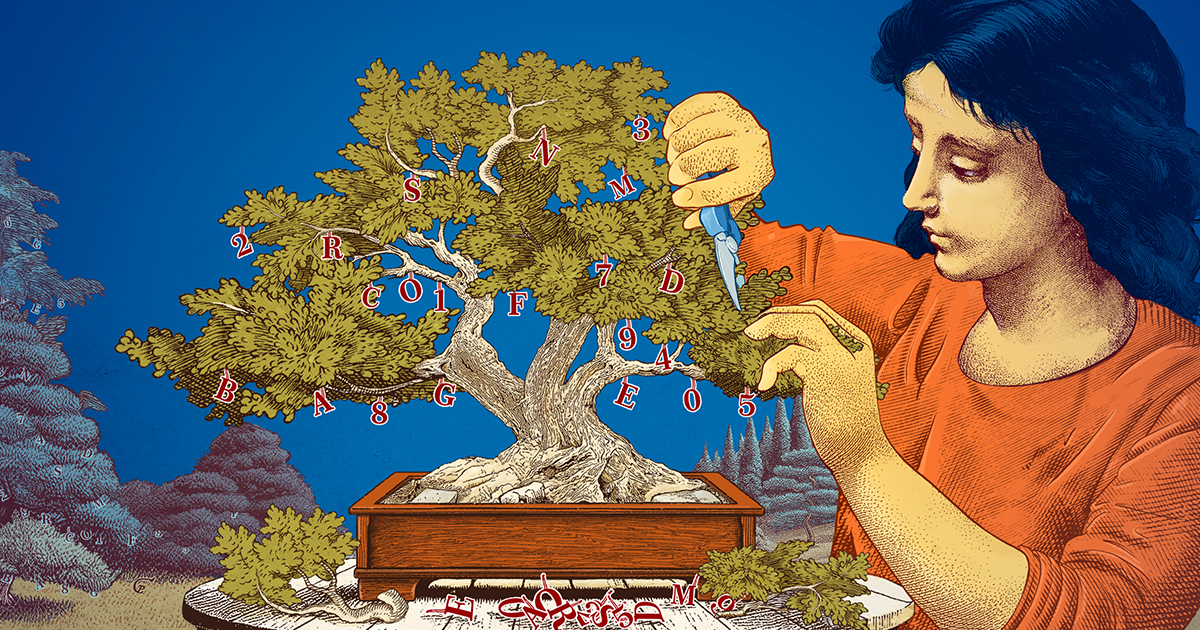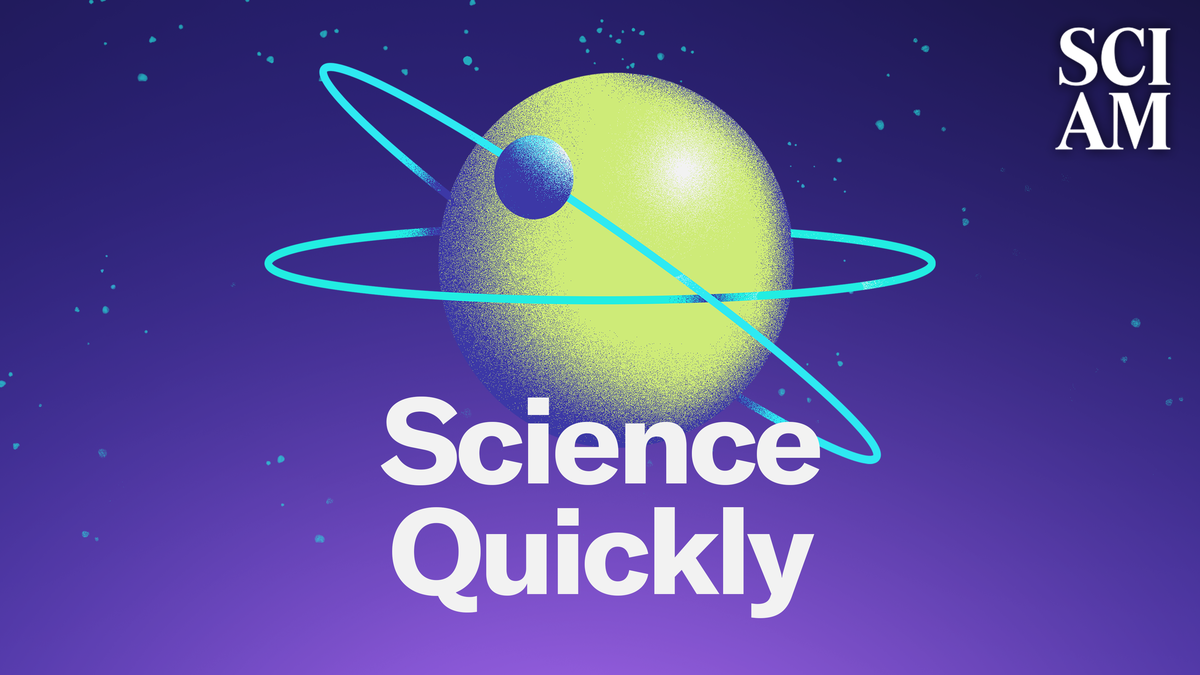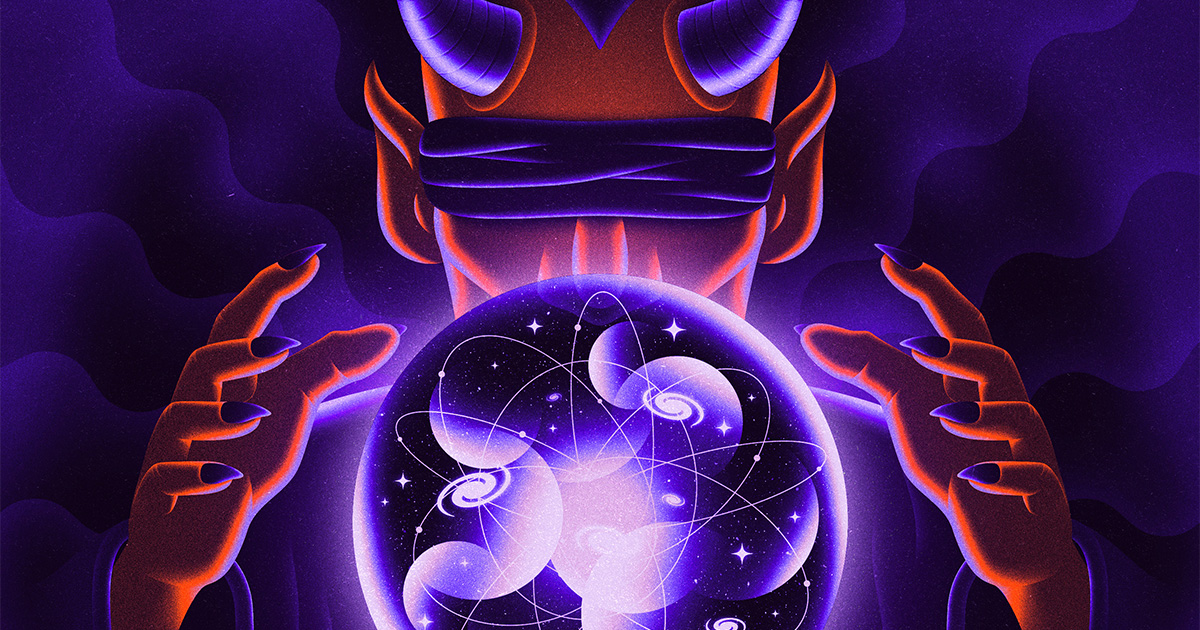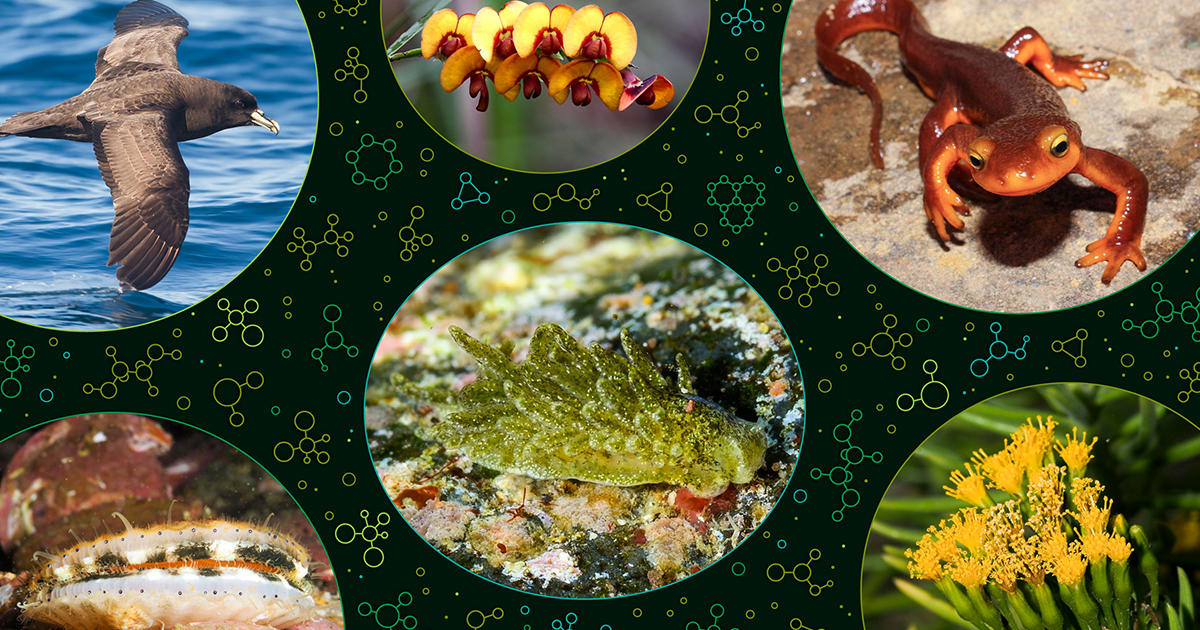A measles outbreak is growing in a Texas county with dangerously low vaccination rates. In late January, two school-age children from Gaines County were hospitalized with measles. Since an estimated 1 in 5 people with the disease end up in the hospital, the two cases suggested a larger outbreak. As of Feb. 12, there were… Continue reading Measles Outbreak in Children Grows in One of Texas’ Least Vaccinated Counties
Tag: Quantum Stuff
‘Once in a Century’ Proof Settles Math’s Kakeya Conjecture
And even in cases where the grains all conspired to provide maximum overlap, they found, the number of grains intersecting any given point couldn’t be too big. Starting from the 2.5 bound, they were able to prove that the grains couldn’t overlap enough to result in a dimension slightly above that bound either. Then, starting… Continue reading ‘Once in a Century’ Proof Settles Math’s Kakeya Conjecture
Animal-to-Human Organ Transplants Hit Long-Awaited Testing Milestone
February 13, 2025 4 min read Animal-to-Human Organ Transplants Hit Long-Awaited Testing Milestone Up to 50 transplant patients will receive a genetically modified pig kidney in a clinical trial that will launch this summer By Tanya Lewis edited by Dean Visser Towana Looney, 53, received a gene-edited pig kidney transplant at NYU Langone Health in… Continue reading Animal-to-Human Organ Transplants Hit Long-Awaited Testing Milestone
Scientists React to RFK, Jr.’s Confirmation as HHS Secretary
February 13, 2025 4 min read Scientists React to RFK, Jr.’s Confirmation as HHS Secretary Robert F. Kennedy, Jr., has expressed support for some fields of science but has also declared he’d like a “break” in infectious-disease research. Here’s what he might do as the U.S.’s newly confirmed secretary of health and human services By… Continue reading Scientists React to RFK, Jr.’s Confirmation as HHS Secretary
Why Do Researchers Care About Small Language Models?
Large language models work well because they’re so large. The latest models from OpenAI, Meta and DeepSeek use hundreds of billions of “parameters” — the adjustable knobs that determine connections among data and get tweaked during the training process. With more parameters, the models are better able to identify patterns and connections, which in turn… Continue reading Why Do Researchers Care About Small Language Models?
Men Actually Crave Romantic Relationships More Than Women Do
February 14, 2025 2 min read Men Actually Crave Romantic Relationships More Than Women Do Multiple-study analysis looks at why men’s emotional intimacy is much more difficult outside of romantic relationships By Clarissa Brincat edited by Sarah Lewin Frasier Research explores why men seem to find romantic relationships more important than women do. Thomas Barwick/Getty… Continue reading Men Actually Crave Romantic Relationships More Than Women Do
Why Friendships Matter More Than You Think
[CLIP: Theme music] Rachel Feltman: Happy Valentine’s Day, listeners! For Scientific American’s Science Quickly, I’m Rachel Feltman. For many people today is all about scrambling to get last-minute dinner reservations and spending lots of money—I mean, uh, showing your significant other how much you care about them. On supporting science journalism If you’re enjoying this… Continue reading Why Friendships Matter More Than You Think
‘Next-Level’ Chaos Traces the True Limit of Predictability
The French scholar Pierre-Simon Laplace crisply articulated his expectation that the universe was fully knowable in 1814, asserting that a sufficiently clever “demon” could predict the entire future given a complete knowledge of the present. His thought experiment marked the height of optimism about what physicists might forecast. Since then, reality has repeatedly humbled their… Continue reading ‘Next-Level’ Chaos Traces the True Limit of Predictability
A New, Chemical View of Ecosystems
The biological world is awash in chemical signals. Ants lead their nest mates to food with winding trails of pheromones, plants exude aerosols to warn their neighbors of herbivores, and everything you experience as “smell” is a molecule latching onto your nose. Some molecular messages find their targets; most linger unread in the environment. But… Continue reading A New, Chemical View of Ecosystems
JWST Spies a Giant Space Hamburger—and Maybe Planetary Origins, Too
I remember once going to a restaurant and, being pretty hungry, ordering the biggest burger on their menu. I grossly overestimated my appetite; what arrived at my table was a ridiculously huge slab of meat, almost impossible for me to finish. Still, it was a lot smaller than HH 30, a cosmic “hamburger” billions of… Continue reading JWST Spies a Giant Space Hamburger—and Maybe Planetary Origins, Too

